Meta-Vandalism
Once rigid definitions about what constitutes graffiti are fracturing at a tremendous rate. At one time defined by a specific set of aesthetics, goals and rituals, graffiti’s ‘traditions’ are expanding (or collapsing, depending on your perspective). Takahiro Yamaguchi is a young artist who plays with these rules, and even vandalizes them with the aim of tracing a line between vandalism and art, of challenging notions about the city space, permanence, and ownership in art.
Takahiro Yamaguchi researched graffiti and audio visual performance at Tama University, receiving acclaim for his corporeal end-of-year font project (currently showing in the foyer of the at the NTT ICC Inter Communication Center in Hatsudai). He physically traced out letters on a bicycle in Shibuya using GPS tracking, multiple sensors, audio recorders and a video camera. The resulting ‘material’ can be used to write text, but also watched and listened to. Tokyo Art Beat recently talking with Yamaguchi about his previous work, the inspirations behind his font project and where graffiti sits on the art spectrum.
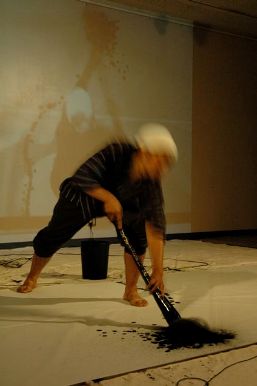
It really starts with my shodo (calligraphy) performance at Tama University. I amplified a big piece of paper and used a huge brush as an instrument with sensory information fed through my laptop, producing sounds. It made me aware of the similarities between shodo and graffiti, both based around the written word, both focused on rhythm and style.
After that I went on to research graffiti through a masters course at Tama. Graffiti is based around ‘tag’s’, a sign, a signature, so my first graffiti project was tagging through sound. While traditional graffiti is about making a mark on the landscape, I wanted to create graffiti which would make a mark on the soundscape. I made a hundred modules as a prototype with electrical sounds and placed them around the city. But the test failed because the battery drained so soon, and the sound was drowned out by car noise and people. The second prototype was based around the ‘hello, my name is…’ sticker. Do you know it?
Those small red and white stickers people would wear to conventions? It is a classic sticker graffiti writers and street artists use.
Exactly. So next I created a ‘hello’ sticker which would speak the graffiti writer’s name instead of showing it written down. I made it so that any user could record their voice and the spoken sticker could then be placed around the city, repeating a name or word, a spoken tag.
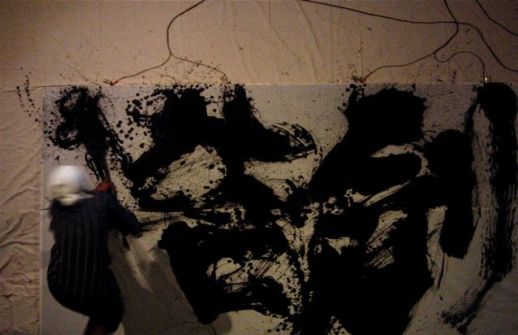
What is your opinion on the ‘is-graffiti-art’ debate?
I think that graffiti, basically, is not art. Some people consider graffiti to be art, and they reference artists like Basquiat and Keith Haring. But the works of those artists are defined by contemporary modern art, not defined by the graffiti world. There are strict rules about what can be defined as graffiti. I want to question those rules and ideas. For example the rule says that graffiti has to be original. I wanted to see whether graffiti can be created without originality. Also, there is a huge difference between what people think graffiti is and what graffiti actually is, which I want my work to show.
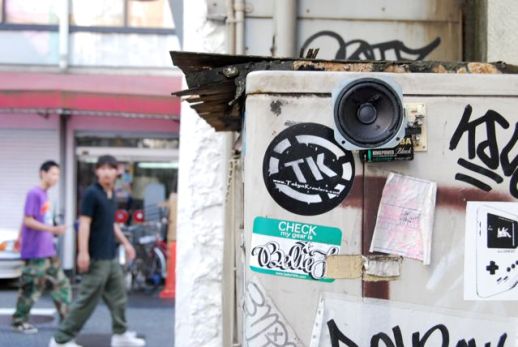
How did you come to work on your most recent project, the font project?
Do you know the graffiti writer Saber?
He is infamous for painting one of the first super-sized graffiti pieces in a Los Angeles aqueduct in the late nineties. When I was younger I remember being told by graffiti writers that you could see it from space.
Actually, the first time I saw Saber’s work was on Google Earth, and I was so shocked, because the work is so big. Seeing Saber’s work on Google Earth, there was a sense of exploration and discovery with no boundaries, it really had an effect on me. Also do you know Zevs? He is a graffiti writer from France who uses ultra violet paint that can only be seen at night with a black-light. Graffiti is always removed or painted over, but his work will never be erased because of its invisibility.
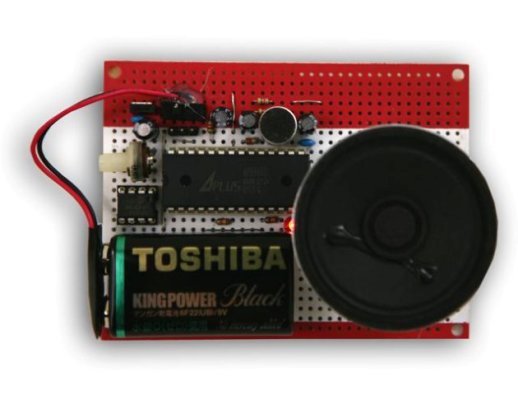
I combined my experiences with Zevs and Saber, and created one work. I rode around Tokyo on a bike with a GPS attached and spelt out words. It was an action that can be recorded but leaves no physical trace. Next I tried expanding the GPS drawing idea to create useful graffiti with the font I made.
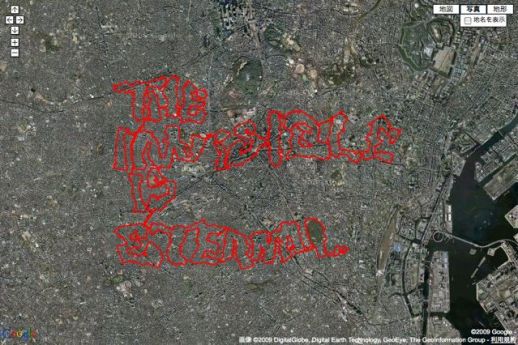
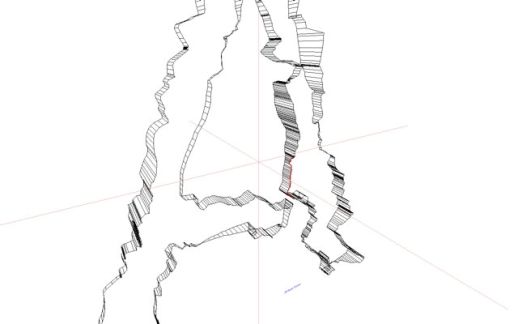
There are so many other paths you could have gone down with your work but it seems you keep coming back to graffiti and an abstract concept of ‘tagging’.
My intention is to question what graffiti is, and what its rules are. I want to see how I can make graffiti in a new way, my own way. Graffiti artists seem to create work to confirm their existence, but my work is not about this. My work is like a bowl, or a dish which other people can put their artworks into. I want to define how other artists work can be defined.
Thanks to ICC, Takahiro Yamaguchi and Hitomi Yamaguchi for translation work.
Takahiro Yamaguchi’s font project is showing in the foyer at “ICC Open Space 2009” at NTT ICC Inter Communication Center until 28th February 2010.
To read more about Japanese graffiti, see TABlog’s review of Nobumasa Takahashi’s exhibition at Space Force in 2007 and this photo report on Barry McGee‘s Watari-um show.
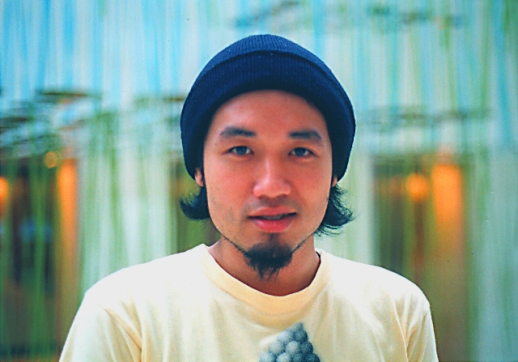
Cameron McKean
Cameron McKean



